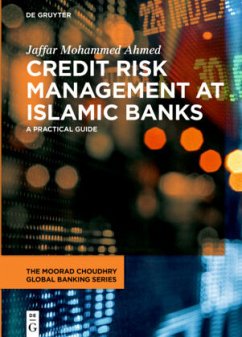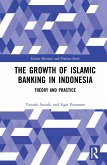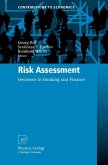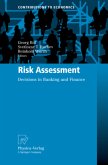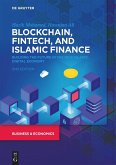Islamic banks nature of business is asset-based. This nature helped Islamic banks during the recent crisis of 2008 to, albeit relatively, reduce their exposures to the crisis. Islamic Banks, however, still face many challenges. Credit risk management for Islamic banks is complicated by peculiarities the conventional banks do not encounter, such as the prohibition of charging any accrued interest or imposing any penalty. Clients of Islamic Banks may take advantage by delaying payment if the Islamic Bank will not charge a penalty or require extra fees. All banks, conventional and Islamic, need to optimally allocate capitals about the selective investments made as regulations tighten and governance are closely monitored. Hence, practical understanding of credit risk management of Islamic Banks, on top of the academic and sharia scholarly theorization of what is sharia' a compliant or not is very much needed at this time.
Islamic Banks practitioners need a reference for credit risk that starts from the practice, i.e., uses the challenges these practitioners encounter while carrying out their tasks and ends providing them with practical solutions and recommendations that improve their conditions or shape up their strategies for improvement and growth. Furthermore, Islamic Bankers do need to be given guidance on how to outline their policies and procedures parallel to the rapid changes in the global lending scene due to outbreak of Fintech, innovative sharia' a compliant hedging instruments, stringent capital adequacy requirements, and increasing expectation of profitability, liquidity and socioeconomic contribution to the society.
Readers of this book will learn:
Impact of Fintech on credit risk management of Islamic Banks
Quantitative tools and models of measuring credit risk at Islamic banks
Hedging tools of credit risk at Islamic banks
IFRS 9 implementation at Islamic banks
Credit risk inherent in each Islamic product and how to mitigate it
Corporate governance of credit risk at Islamic banks (policies, procedures, approval committees, etc.)
Credit risk assessment at Islamic Banks (RAROC, cash flow analysis, predictive analytics, etc.)
Islamic Banks practitioners need a reference for credit risk that starts from the practice, i.e., uses the challenges these practitioners encounter while carrying out their tasks and ends providing them with practical solutions and recommendations that improve their conditions or shape up their strategies for improvement and growth. Furthermore, Islamic Bankers do need to be given guidance on how to outline their policies and procedures parallel to the rapid changes in the global lending scene due to outbreak of Fintech, innovative sharia' a compliant hedging instruments, stringent capital adequacy requirements, and increasing expectation of profitability, liquidity and socioeconomic contribution to the society.
Readers of this book will learn:
Impact of Fintech on credit risk management of Islamic Banks
Quantitative tools and models of measuring credit risk at Islamic banks
Hedging tools of credit risk at Islamic banks
IFRS 9 implementation at Islamic banks
Credit risk inherent in each Islamic product and how to mitigate it
Corporate governance of credit risk at Islamic banks (policies, procedures, approval committees, etc.)
Credit risk assessment at Islamic Banks (RAROC, cash flow analysis, predictive analytics, etc.)

